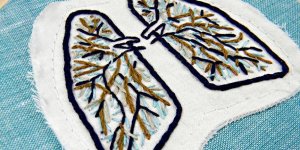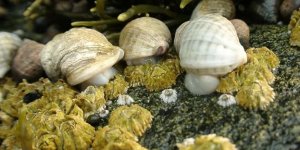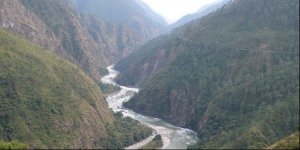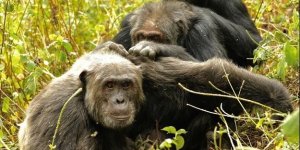| News / Science News |
Geologists 'resurrect' missing tectonic plate
The existence of a tectonic plate named Resurrection has long been a topic of debate among geologists, with some arguing it was never real. Others say it subducted -- moved sideways and downward -- into Earth's mantle somewhere in the Pacific margin between 40 and 60 million years ago.
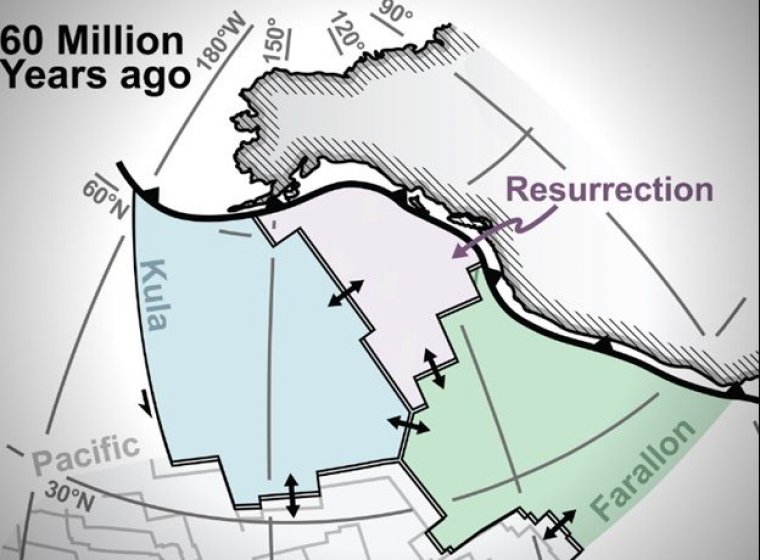
Western North America 60 million years ago, showing three tectonic plates, including Resurrection.Photo: University of Houston
Geologists at the University of Houston believe they have found the lost plate in northern Canada by using existing mantle tomography images -- similar to a CT scan of the Earth's interior. The findings could help geologists better predict volcanic hazards as well as the location of mineral and hydrocarbon deposits.
"Volcanoes form at plate boundaries, and the more plates you have, the more volcanoes you have," said researcher Jonny Wu. "Volcanoes also affect climate change. So, when you are trying to model the Earth and understand how climate has changed since time, you really want to know how many volcanoes there have been on Earth."
Wu and Spencer Fuston applied a technique called slab unfolding to reconstruct what tectonic plates in the Pacific Ocean looked like during the early Cenozoic Era.
The rigid outermost shell of Earth, or lithosphere, is broken into tectonic plates. Geologists have known there were two plates in the Pacific Ocean called Kula and Farallon. But there has been discussion about a potential third plate, Resurrection, forming a volcanic belt along Alaska and Washington State.
"We believe we have direct evidence that the Resurrection plate existed," Fuston said.
Using 3D mapping technology, Fuston applied a slab unfolding technique to the mantle tomography images to pull out the subducted plates, before unfolding and stretching them to their original shapes.
"When 'raised' back to Earth's surface and reconstructed, the boundaries of this ancient Resurrection tectonic plate match well with the ancient volcanic belts in Washington State and Alaska, providing a much sought after link between the ancient Pacific Ocean and the North American geologic record," explained Wu. (National Science Foundation)
YOU MAY ALSO LIKE
